Wandering through Notting Hill always feels like stepping into a postcard. Rows of pastel-colored houses catch the morning light, and every street seems to have its own mood.
Notting Hill’s bright streets, bustling Portobello Road Market, and the iconic blue door make this neighborhood a must-see for anyone who wants to experience London’s unique charm.
As I strolled along, I stumbled on hidden boutique shops, cozy cafés, and lively crowds gathered along Portobello Road. Every corner brought something new.
The famous blue door from the movie “Notting Hill” draws plenty of camera-wielding fans and stands as a reminder of the area’s film history.
Getting lost among these colorful houses and well-known spots, I started to understand why both travelers and locals adore Notting Hill. Something about the vibe just feels welcoming.
It’s the perfect spot to wander during any London visit, especially if you’re up for a little exploring.
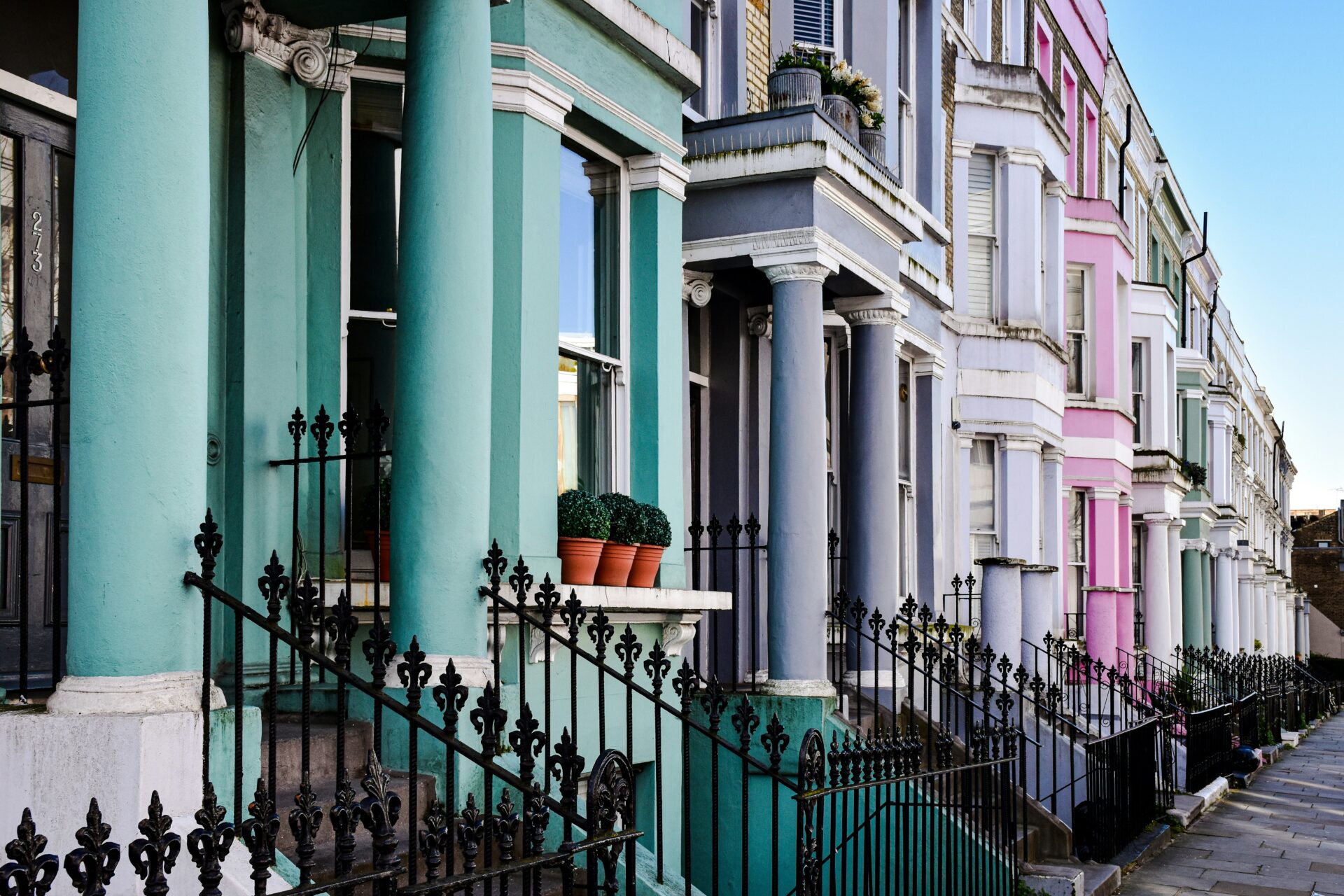
Pastel Houses and Colorful Streets: A Visual Feast
Notting Hill oozes charm, with pastel-painted homes and lively streets that look almost too pretty for real life. Every walk feels like a new photo op.
These corners really bring out the neighborhood’s creative side. I can’t help but notice something fresh each time.
Exploring Westbourne Park Road and Lancaster Road
Westbourne Park Road and Lancaster Road show off some of Notting Hill’s most recognizable pastel houses. I often pause to admire the calm blues, sunny yellows, and gentle pinks lining these peaceful streets.
Each home has its own little quirks—some show off tidy gardens, others have bold doors or colored shutters.
If you walk west from busy Portobello Road, the crowds thin out and the scenery turns almost cinematic. It’s easy to see why these streets are favorites.
Westbourne Park Road’s terraced homes often feature carved railings and mosaic tiles. That classic Kensington and Chelsea style really stands out.
On weekends, the area comes alive. People stop for photos, but also hang out at café terraces and browse little boutiques tucked between the houses.
If you’re hoping for photos, aim for mornings when the light is soft and the streets feel quieter.
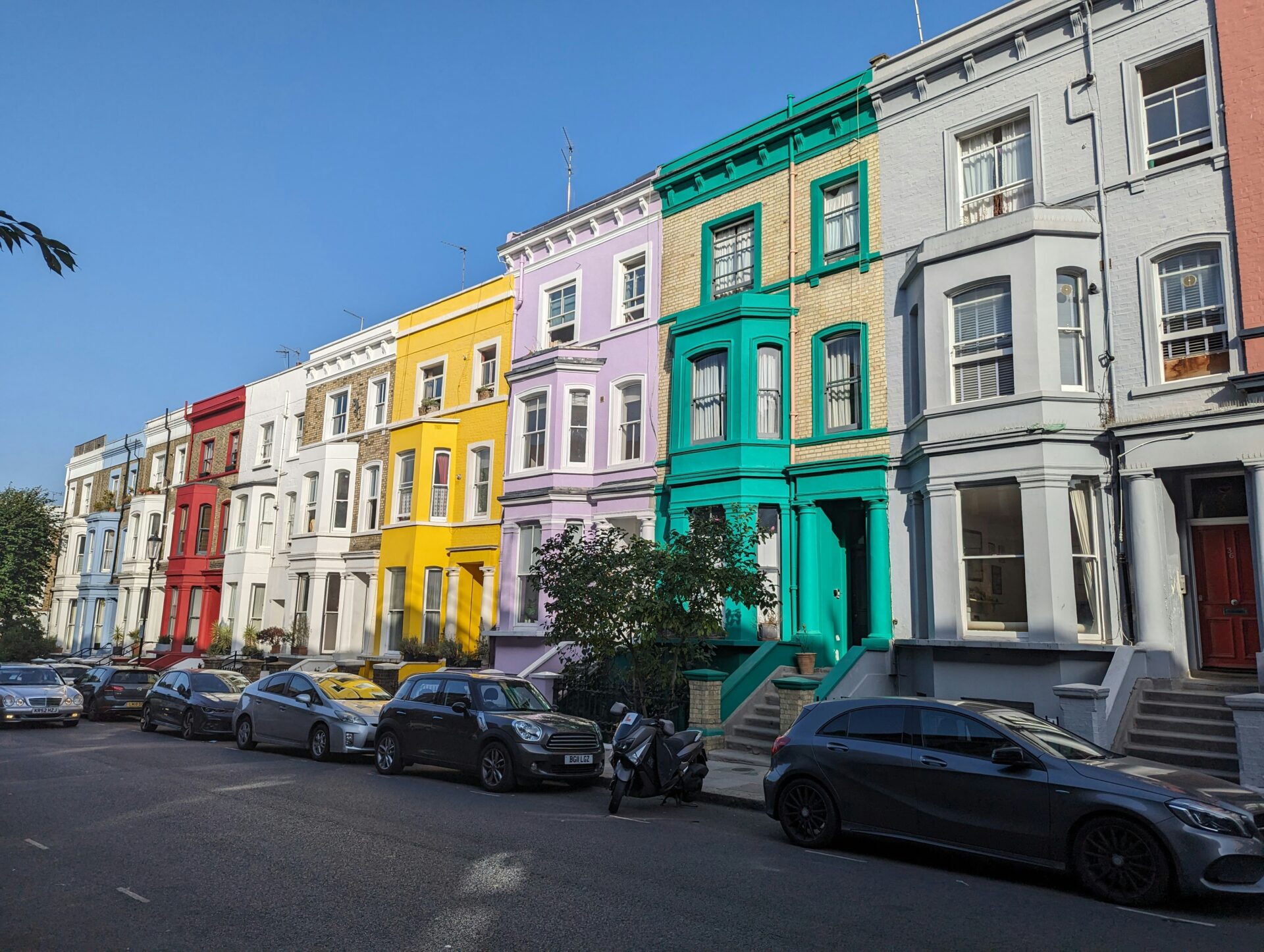
Photo Moments in Pencombe Mews and Colville Mews
Tucked away from the main roads, Pencombe Mews and Colville Mews give you a different vibe. These quiet, cobbled lanes are surrounded by small, uniquely colored homes—from coral pinks to mint greens and everything in between.
I love wandering these mews because they feel private, almost like secret passages in the city.
Pencombe Mews pops even more when the wisteria blooms. It’s a favorite spot for photographers, and honestly, I get why.
Colville Mews charms with its window boxes full of flowers and bikes leaning against painted brick walls. It’s not just the buildings, it’s all the little details.
Here’s what I’d suggest:
- Best for: Hidden photoshoots without crowds
- Look for: Unusual door colors, vintage lamps, cozy old garages
- Nearby: Small studios and indie galleries that give these streets a creative edge
Take your time exploring. You’ll probably leave with a camera roll full of inspiration—and maybe a few ideas for your own décor.
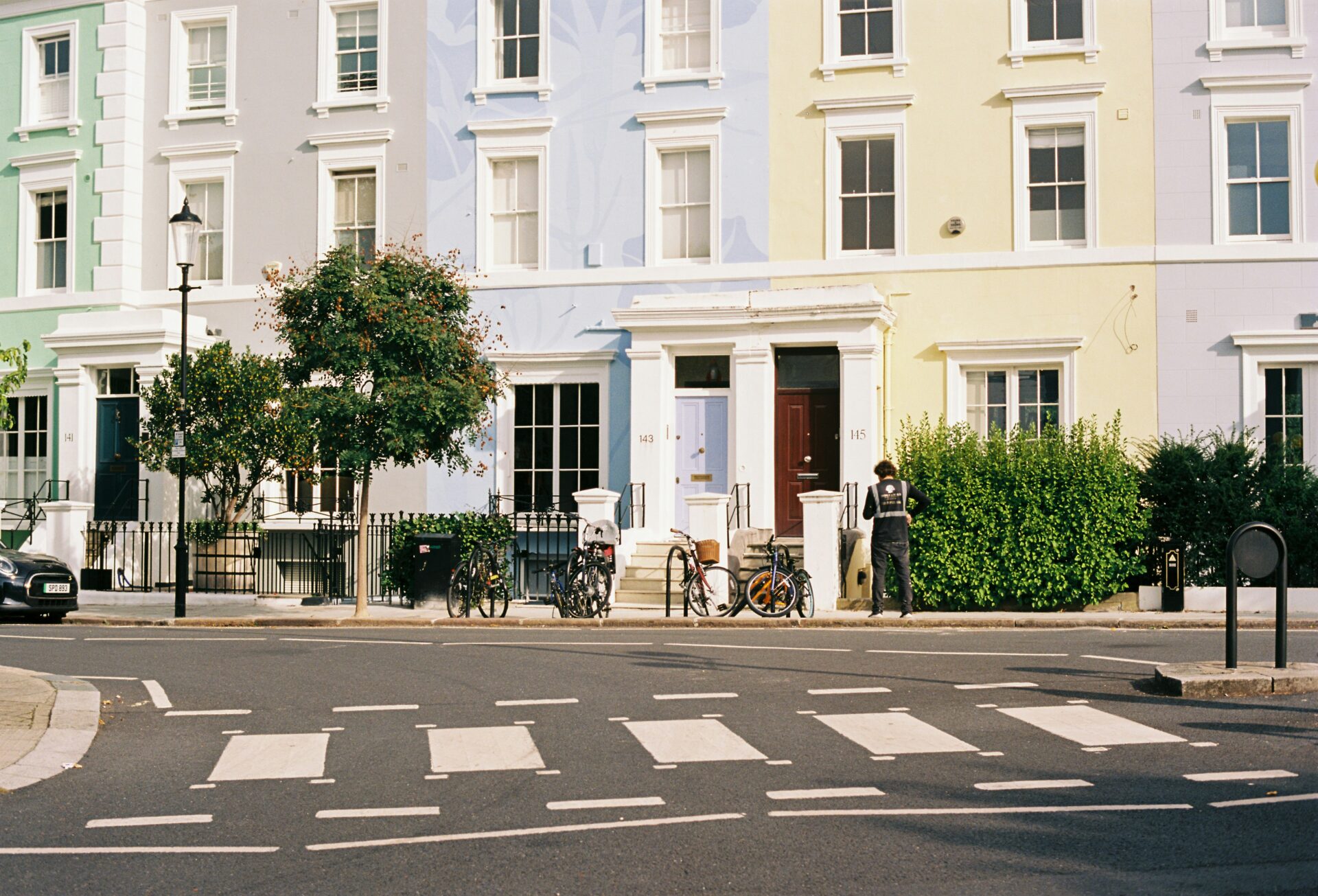
St Luke’s Mews and the ‘Love Actually’ Connection
St Luke’s Mews, not far from Portobello Road, feels like something out of a storybook with its pastel facades and trailing flowers. For many, this spot stands out thanks to its famous movie cameo: the pink house with the blue door from Love Actually.
Standing in front of that legendary door, I remembered scenes from the film and watched other visitors do the same. There’s just something sweet about seeing a real-life location tied to pop culture.
St Luke’s Mews isn’t just about movies, though. The cobblestones, potted plants, and pretty row houses make every angle feel photogenic.
Looking for the blue door? Number 27 is the one. Even if you’re not a film fan, the quiet, storybook vibe here is special.
It’s a peaceful break from Notting Hill’s main bustle and a must-see for anyone hoping to snap that iconic photo.
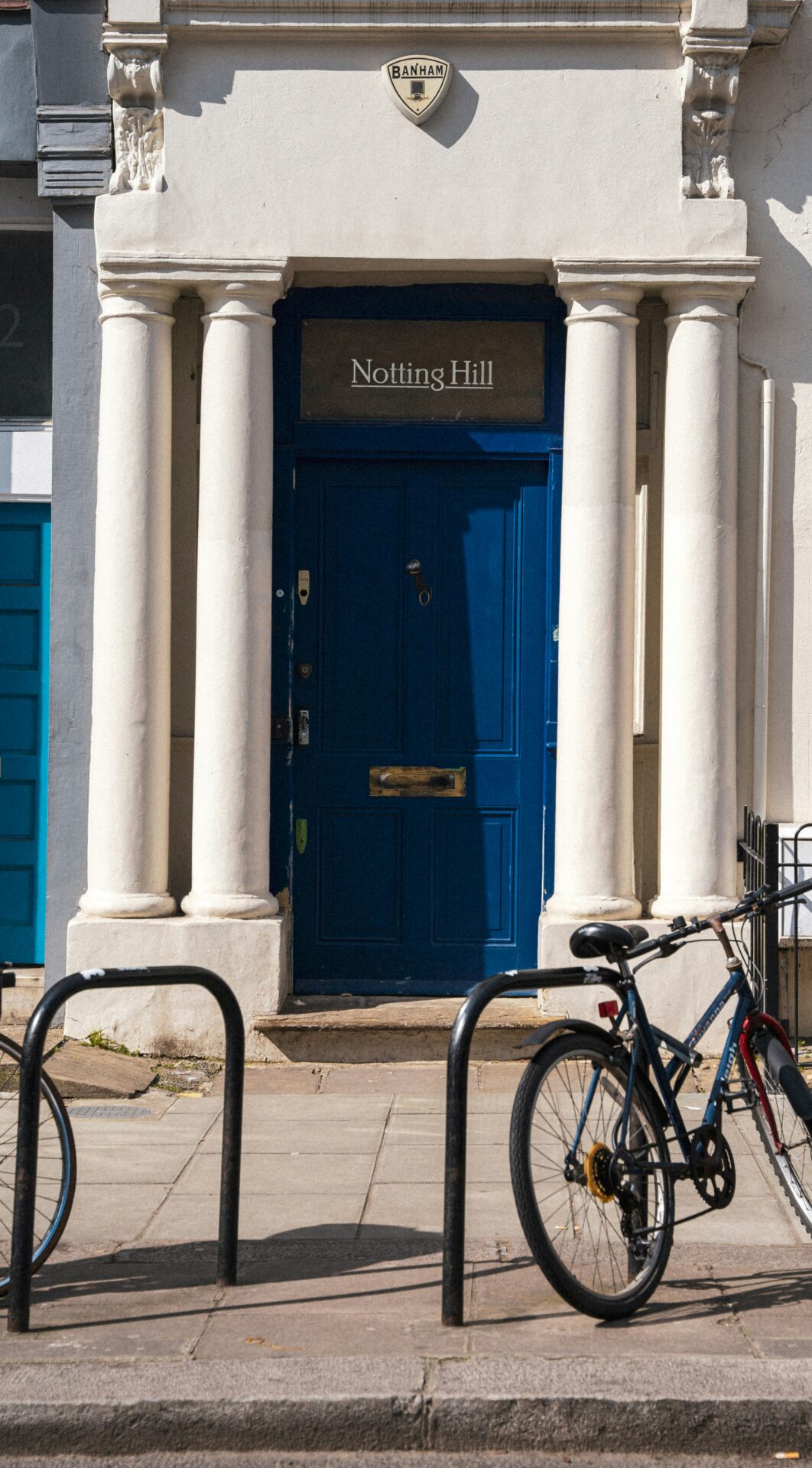
Portobello Road Finds: Vintage Markets & Unique Treasures
An early morning walk down Portobello Road feels like stepping into a classic British movie. The market buzzes with traders, laughter, and visitors hunting for hidden gems.
Every corner brings something new—maybe an antique treasure, a quirky boutique find, or the smell of fresh street food drifting through the air.
Saturday at Portobello Market
On Saturdays, Portobello Road transforms into a bustling hub. Antique vendors set up early, their tables piled with everything from silver tea sets and pocket watches to rare books and retro cameras.
I love browsing old postcards with faded handwriting—tiny windows into London’s past.
Collectors gather before noon, but the market is perfect for window shoppers and casual wanderers too. By midday, expect crowds and plenty of energy.
Notting Hill’s pastel houses create the perfect backdrop for photos of colorful stalls and vintage finds.
If you want to beat the crowds, try to arrive before 10am. Most vendors only take cash, so I always tuck a few pounds in my wallet before heading out.
Whether you’re shopping for trinkets or just people-watching, Portobello Market on a Saturday offers a fun, local slice of life.
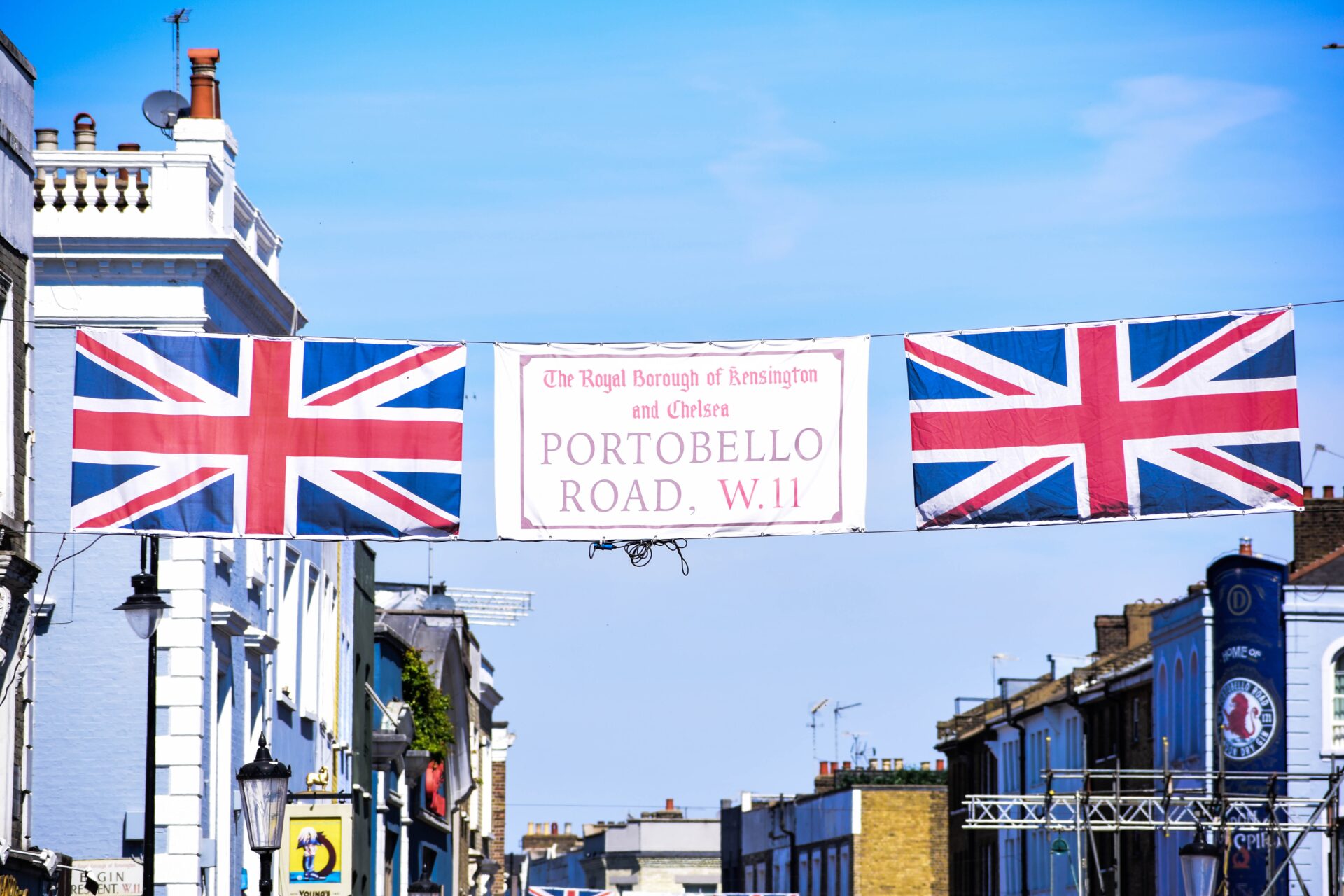
Quirky Shops and Local Boutiques
Beyond the stalls, Portobello Road is packed with independent shops. Found and Vision is one of my favorites for curated vintage clothing.
Nearby, you’ll find everything from records to secondhand books. Each store feels personal—usually run by locals who have stories behind the items they sell.
I ducked into a tiny boutique behind a blue-painted doorway and found shelves stacked with handmade jewelry and art prints. The shop owner told me where her pieces come from and shared her favorite Notting Hill spots.
Westbourne Grove is just around the corner and packed with chic boutiques and trendy studios. It’s great for finding unique souvenirs or gifts.
Clothes from the ’60s, old movie posters, and vinyl records fill the racks in some shops. For me, the real joy is stumbling on something totally unexpected—maybe an old Beatles single or a scarf with a wild pattern.
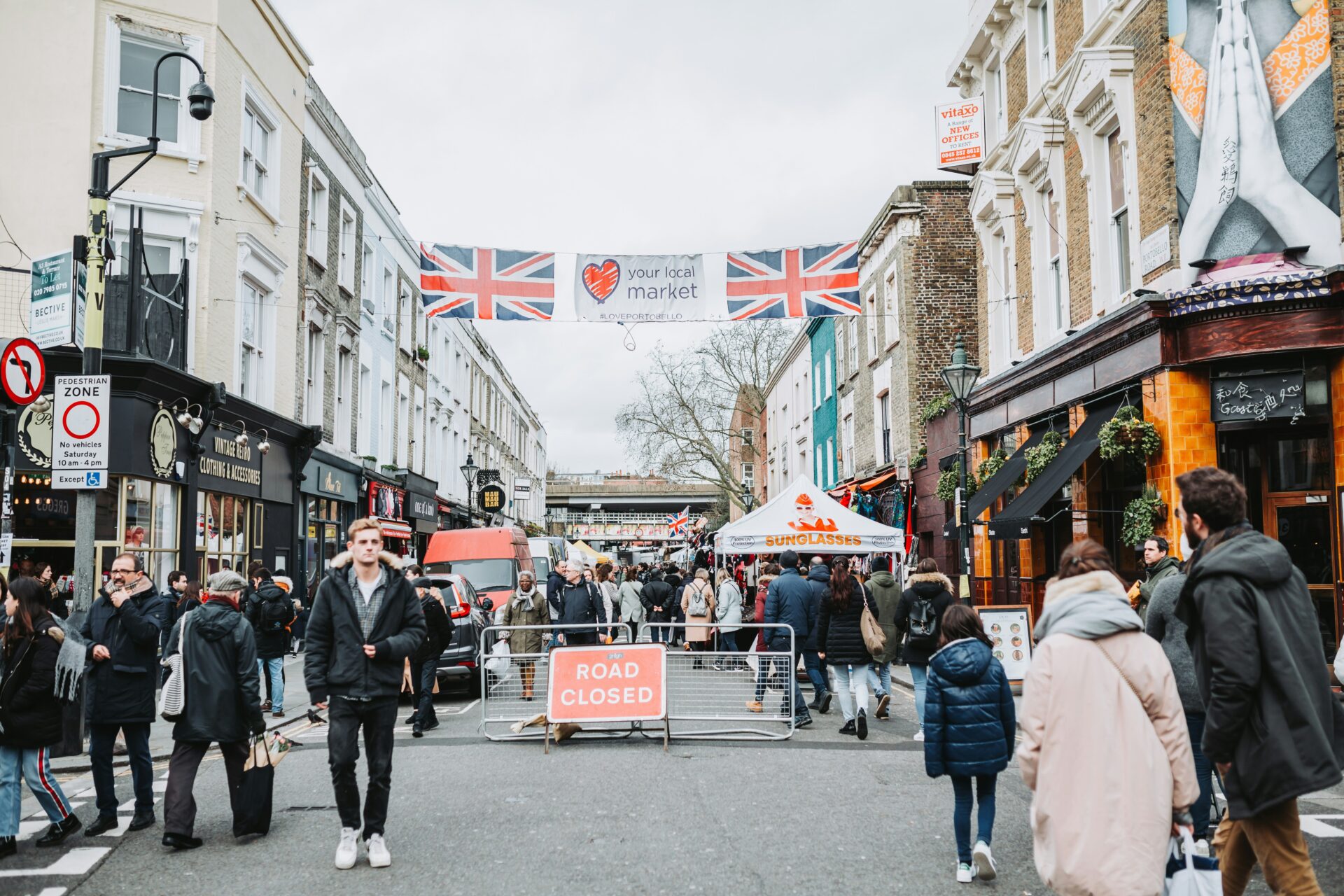
Tasting Street Food Along Portobello Road
Portobello Road isn’t just about shopping. The street food scene tempts you to snack as you wander.
Stalls fill the market with the smells of sizzling paella, Caribbean jerk chicken, falafel wraps, and classic fish and chips. I can never resist the bakery stands—fresh croissants and pastries always call my name.
The options change with the seasons. In summer, I grab a fruit smoothie or gelato. On cooler days, I go for grilled cheese sandwiches or hot cups of spicy chai.
Sometimes I try something new, like Venezuelan arepas or Polish pierogi from friendly vendors happy to chat about their food.
Eating on the go just feels right here. I’ll find a step, sit down, and people-watch while enjoying a snack.
With so many global flavors and homemade recipes, Portobello Road’s street food is a highlight for anyone wanting a tasty, affordable taste of local life.
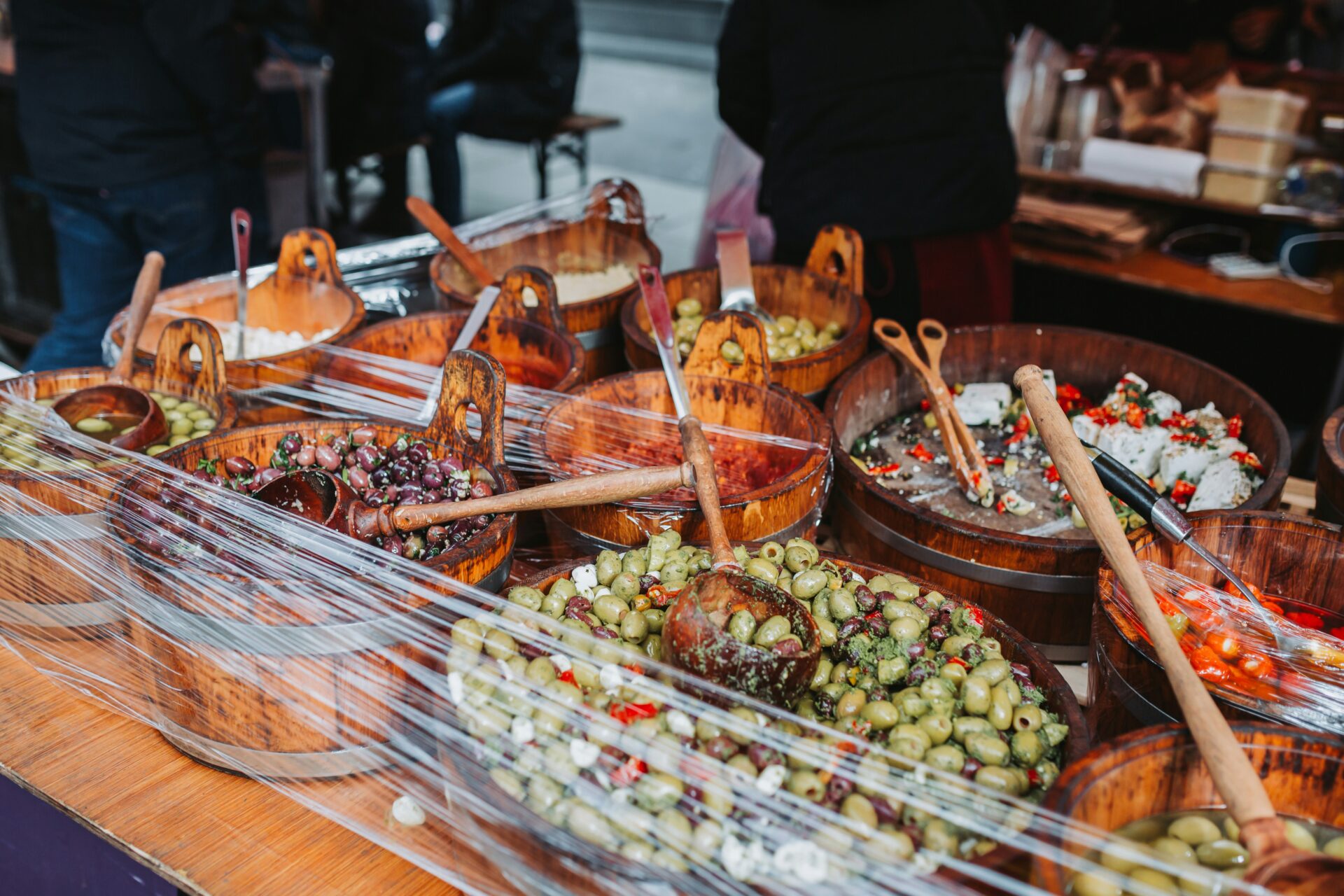
The Famous Blue Door & Cinematic Landmarks
Walking through Notting Hill feels a bit like stepping onto a movie set. Colorful streets blend with landmarks that fans recognize from all over the world.
Exploring these spots, I found both nostalgia and new surprises tucked between the pastel houses.
Tracing Notting Hill Movie Locations
Notting Hill’s film roots run deep. The area’s best known for the 1999 romantic comedy “Notting Hill” with Julia Roberts and Hugh Grant.
During my walk, I spotted several key locations from the movie. The blue door at 280 Westbourne Park Road stands out—it played William Thacker’s front door.
I wandered down Portobello Road Market, which the film featured often. Locals shopped for fresh fruit next to vintage record stands, and it all felt a bit cinematic.
The Notting Hill Bookshop, styled after the film’s travel bookshop, still welcomes visitors and feels charmingly authentic. I also noticed the private communal gardens peeking out from behind classic iron gates, though they remain closed to the public.
Here’s a quick list of must-see Notting Hill film locations:
- The Blue Door: 280 Westbourne Park Road
- Portobello Road Market
- The Notting Hill Bookshop
- Private Communal Gardens
Notting Hill’s movie magic feels concentrated and personal—different from “Love Actually,” which filmed all over London.
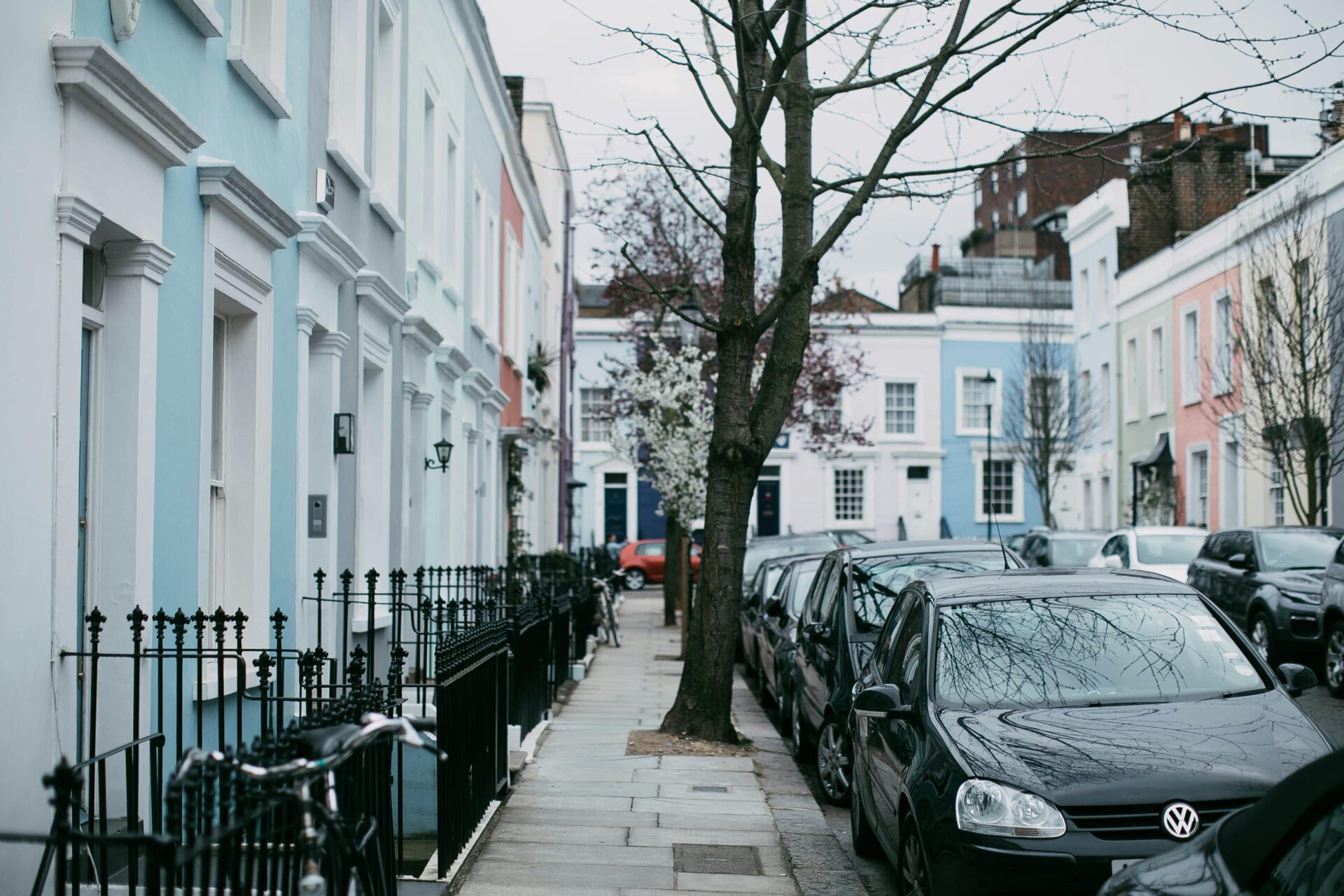
History of the Iconic Blue Door
The blue door isn’t just a movie prop—it’s a real home. Fans flock to 280 Westbourne Park Road for photos.
The house belonged to Richard Curtis, the film’s screenwriter, and inspired the movie’s setting. The exterior became a star in its own right.
Over the years, the door changed color a few times. Locals always requested the blue return, and eventually, it did.
Tourists now line up for the perfect Instagram shot. There’s something charming about how an ordinary entrance became a symbol for fans around the world.
Standing in front of it, I felt like I’d stepped into the film for just a moment.
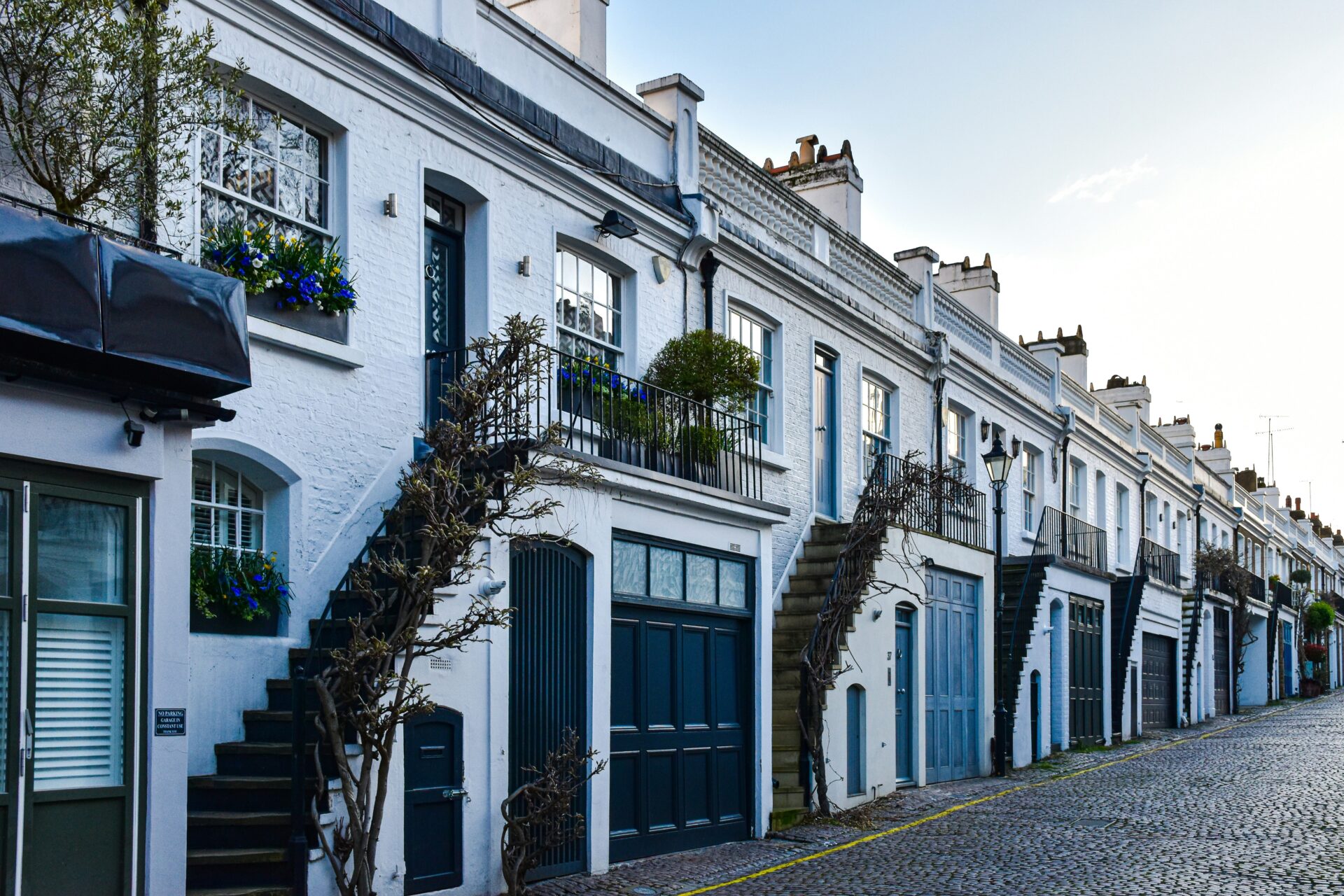
Hidden Corners: Mews, Art, and Artistic Surprises
Notting Hill’s quiet streets and surprise artworks really set it apart. Pastel-colored mews feel far from the crowds, while street art brings color to the area around Ladbroke Grove.
Street Art Gems Around Ladbroke Grove
Near Ladbroke Grove, bursts of color pop up on old brick walls and shop shutters. Some pieces are small—hidden tags in doorways—while others stretch across entire buildings.
The street art here feels different from Shoreditch’s murals. It’s more playful, with cartoons, faces, and odd patterns that make you stop and look.
There’s always something new—a fox peeking from an alley, or a painted piano almost hidden from view. Locals sometimes add fresh graffiti or clever stencils, so every visit brings a surprise.
The best spots are around Lancaster Road and under the Westway flyover. I always bring my camera, since the art changes so often.
Quick tips for street art seekers:
- Check small lanes off Portobello Road.
- Visit early for good light and fewer crowds.
- Look up—some art hides above eye level!
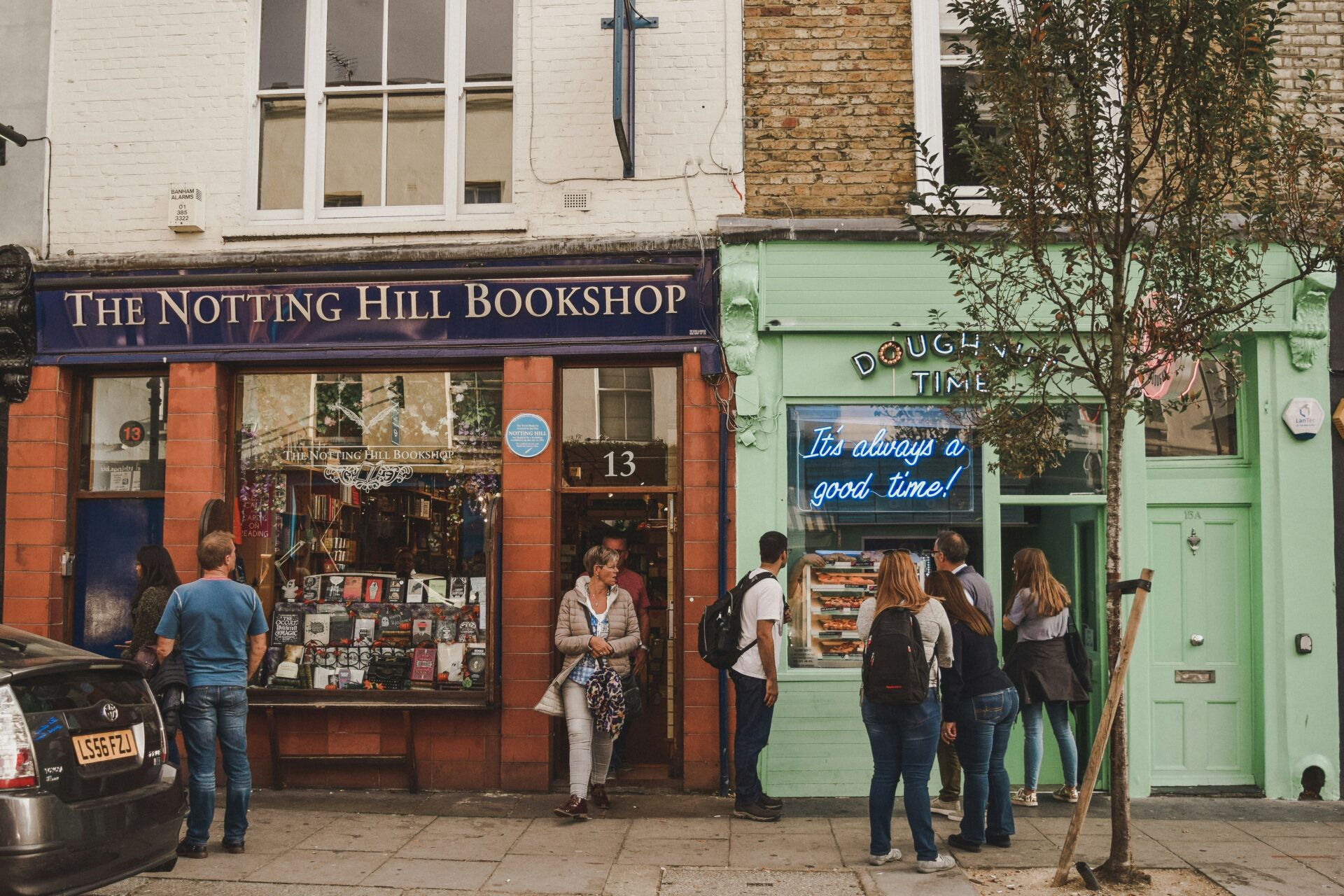
Creative Atmosphere from Sketches to Canvases
As I wandered, I felt creative energy spilling from doorways and window displays. Independent galleries show off everything from bold canvas paintings to quirky sketches and prints.
Many mews have studio spaces that sometimes open to the public during art weekends.
Sometimes local artists set up pop-up stalls or paint outside, inviting everyone to watch. The relaxed vibe here makes it easy to step in, browse, or chat with artists about their work.
Unlike central London’s commercial galleries, these spaces feel friendly and personal. I browsed vintage posters, abstract sketches, and delicate watercolors all in one afternoon.
Art lover’s highlights:
- Watch for open studio days posted on chalkboards near entrances.
- Some cafes display rotating local artwork—makes for a nice coffee break.
- Many artists are happy to chat about their process and inspiration.

Experience Notting Hill’s Lively Culture
Walking through Notting Hill, I felt the neighborhood’s pulse everywhere—vivid carnival energy, fragrant coffee shops, and friendly faces. From legendary street parties to cozy brunch tables, real local life unfolds on foot.
Notting Hill Carnival: Sounds, Colors, and Traditions
Late summer hits Notting Hill, and suddenly the famous Notting Hill Carnival takes over the streets. Steel drum bands start up, dancers in wild feathered costumes strut past, and the air fills with the mouthwatering scent of Caribbean street food.
I found myself in the crowd, letting that music rumble right through me as the floats rolled by. The carnival celebrates Caribbean heritage and draws thousands every August—it’s hard not to get swept up in it.
People spill out onto Portobello Road and the side streets, dancing, laughing, and swapping stories over music and food. I ducked into a jerk chicken stall and honestly, those island flavors hit the spot.
If you go, wear something bright and shoes you can actually walk in. The whole city feels like it turns out for this street party.
| Carnival Tip | Why It Matters |
|---|---|
| Arrive early | Best spot for parade views |
| Use public transport | Roads close, easy access by tube |
| Stay aware of pickpockets | Crowds get dense |

Cafés, Brunch Spots, and Local Hangouts
Notting Hill has no shortage of cozy cafés and brunch spots with sunny windows. I kicked off a lazy morning on Westbourne Grove, sipping a flat white at a corner café while locals chatted and read the papers.
Most places serve up fresh pastries, avocado toast, and a genuine welcome—doesn’t matter if you’re flying solo or with a group. Portobello Road is my go-to for people-watching.
I snagged a seat outside and just watched the market crowd—vintage lovers, artists, and all sorts passing by. One bakery had pastel macarons stacked up in the window, almost too pretty to eat (almost).
Afternoons, I’d stumble into a bookshop or find a pub tucked away, packed with locals catching up. If you want real Notting Hill flavor, skip the chains and pick any spot that feels local.
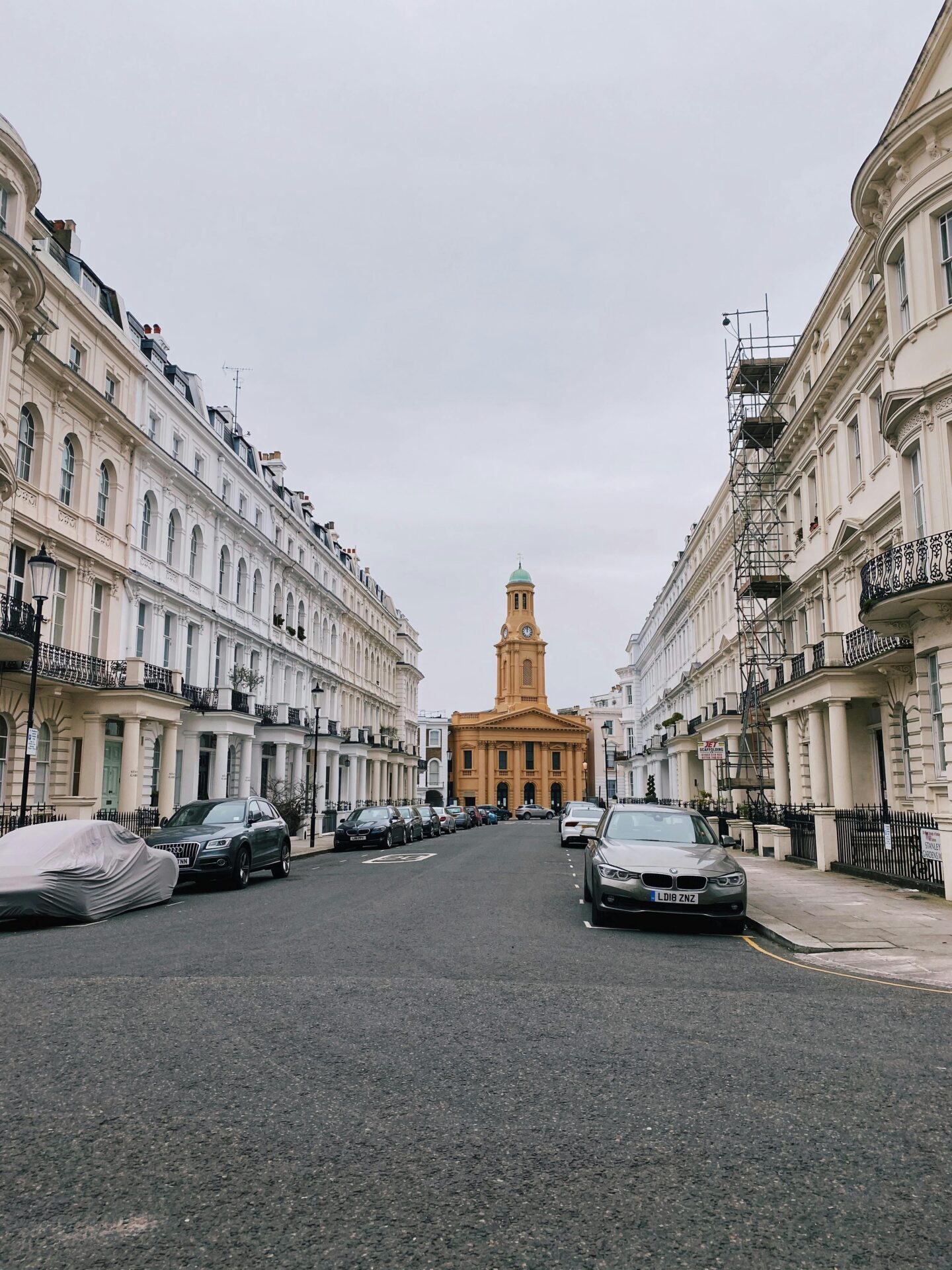
Practical Tips for a Memorable Self-Guided Walk
Getting the most from Notting Hill takes a bit of planning and a willingness to wander off the usual tourist path. A little local know-how never hurts.
Timing, smart connections, and easy links to the rest of London can make your walk here even better.
Planning Your Route: Best Times & Connections
I like to start early, catching Portobello Road before the crowds show up. Saturdays are wild with the market—antiques, fresh produce, the whole thing.
If you want a quieter vibe, weekdays are perfect for a stroll among those pastel townhouses.
Closest Tube Stations:
| Station | Line(s) | Walking time to Notting Hill Gate |
|---|---|---|
| Notting Hill Gate | Central, Circle, District | 2 mins |
| Ladbroke Grove | Hammersmith & City | 6 mins |
| Westbourne Park | Hammersmith & City | 10 mins |
Central Line trains run often, so you can zip over to Soho or keep exploring London. I never forget my Oyster card or contactless—makes hopping on buses or the Tube so much easier.
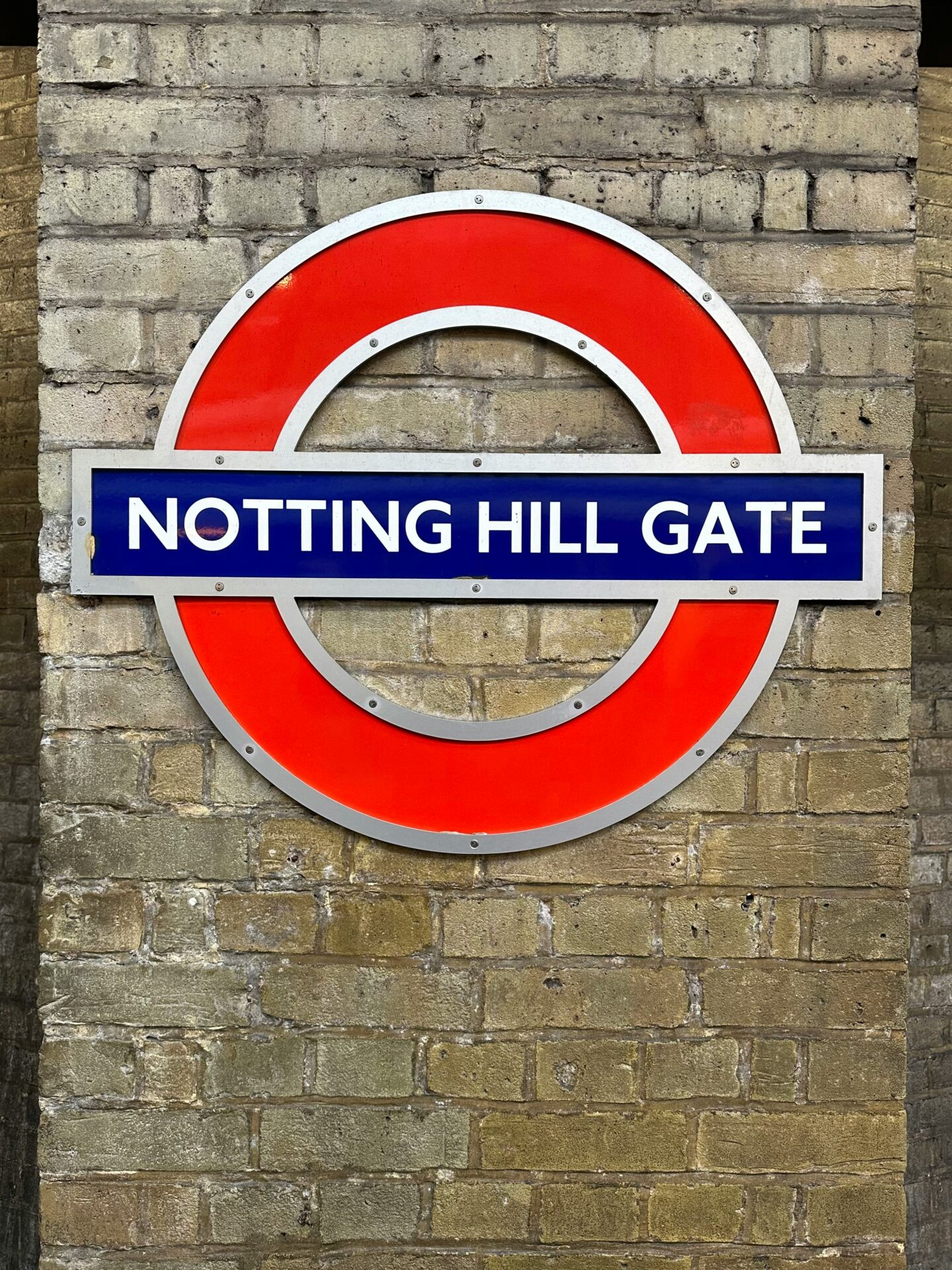
Nearby Neighbourhoods: Kensington, Hampstead, and Beyond
After Notting Hill, I sometimes wander into Kensington. Hyde Park’s leafy edges aren’t far, and the Italian Gardens near Lancaster Gate always offer a quiet spot to pause.
You’ll spot classic museums like the V&A and the Natural History Museum scattered around here.
Sometimes I hop on the Northern Line up to Hampstead. The village vibe up there feels like a different world.
Wandering Hampstead Heath or catching the view from Parliament Hill always gives me a new perspective. And if I’m in the mood for something different, Little Venice and its canal-side cafés are just a bus ride away.
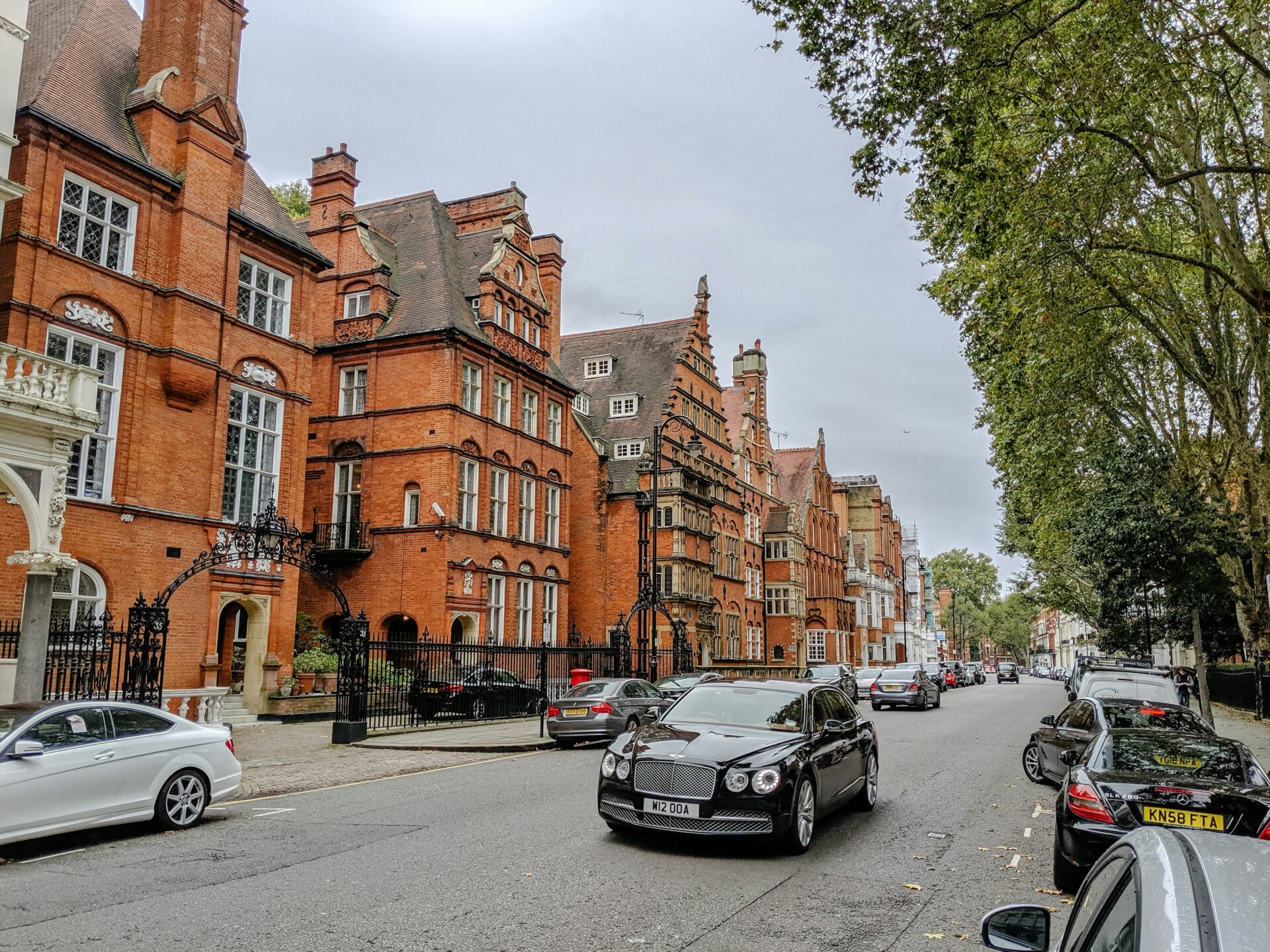
Combining Notting Hill with Other London Highlights
Notting Hill makes a great starting point if you want to explore more of London. Personally, I like to kick things off here and then hop on the Tube to Borough Market for some food—London Bridge isn’t far at all.
You could wander along the Thames for a bit, or maybe check out the creative side of East London. Shoreditch, for example, always feels like a completely different world compared to Notting Hill’s vibe.
If you’ve got the time, why not head south to Greenwich and soak up some maritime history? Or maybe you’d rather shoot up to Primrose Hill and just take in those city views.
After poking around Portobello, I usually end the day in Soho. Grabbing dinner or browsing the shops there keeps things interesting. London connects all these spots so well—sometimes it surprises me how easily Notting Hill fits into the city’s bigger picture.

